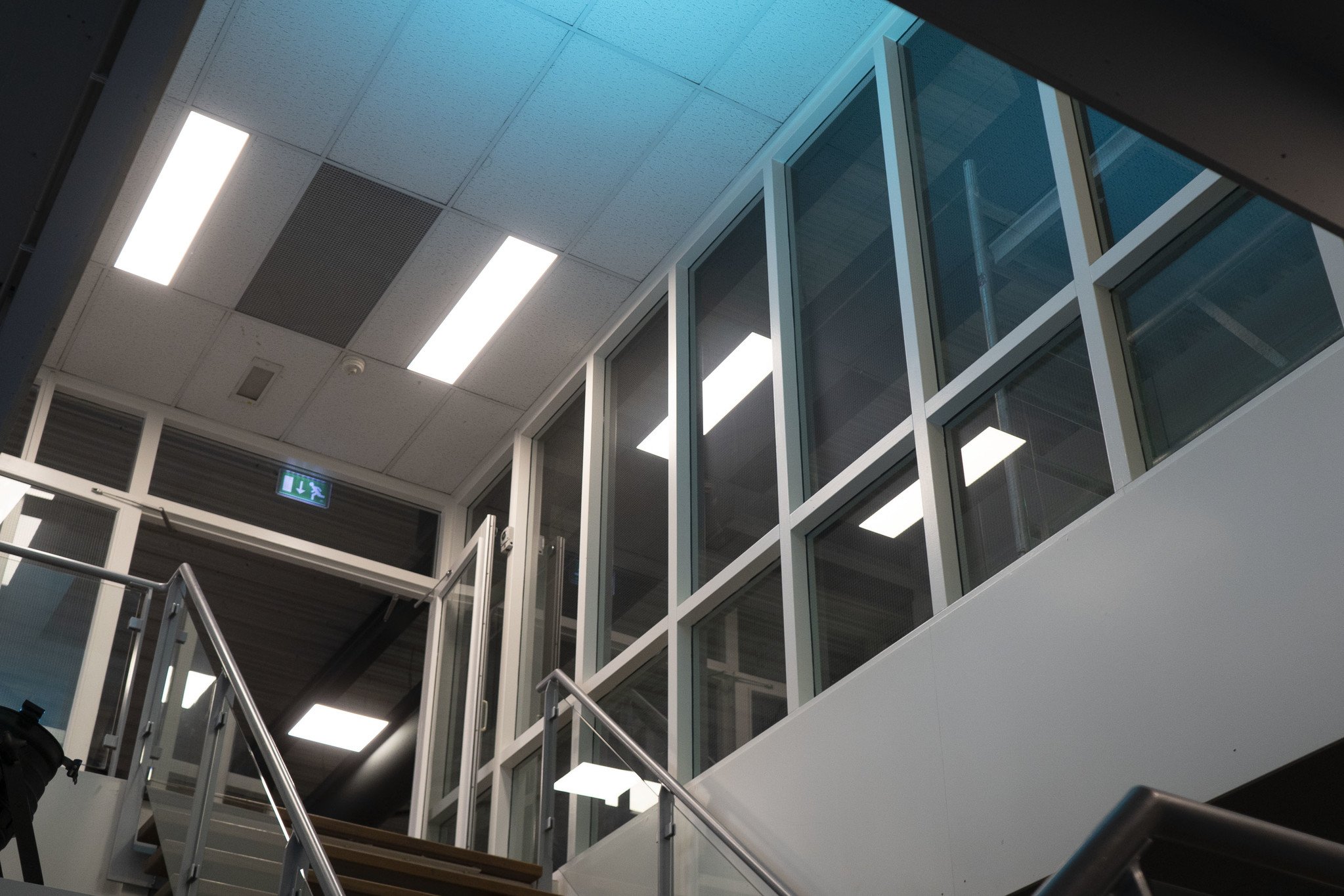What is the right colour temperature for LED lighting?
LED lighting is available in different light colours. With RGB LED lighting all colours can be formed. White LED lighting can vary in colour temperature. Why is choosing the right light colour so important? Different colour temperatures are suitable for different room types. In an operating room, for example, it is not desirable for warm white light to restrict visibility. In addition to the practical aspect, different colour temperatures create a certain atmosphere and the colour temperature also influences the biological rhythm of people. LED lighting is therefore available in different light colours. The colour temperature is expressed in Kelvin (K). The lower the number of Kelvin, the warmer and more yellow the colour of the light is. The higher the number of Kelvin, the colder and more blue the colour of the light is. LEDpanelwholesale offers 2200K, 2700K, 3000K, 4000K and 6000K LED lighting. It is difficult to determine which light colour is suitable for which room. Reading this blog will give you more clarity about the effects of different colour temperatures and will help you to make the right choice.
The influence of the colour temperature of LED lighting on the biological rhythm
The colour temperature a person needs depends on the activity and the time of day. The light colour affects the release of melatonin. Melatonin is a hormone that plays a role in the sleep-wake rhythm of the body. In the evening, melatonin is produced so that the body knows that it is time to go to bed. Cold/bright light inhibits the release of melatonin. It ensures that someone remains alert and focused. It is therefore a very suitable light colour for during working hours. The productivity of employees will be increased by this light. Warm white light is less suitable for offices because it can cause tiredness. A warmer colour temperature is therefore more suitable for the evening. In the evening it is important to relax. A warm colour temperature contributes to this because it hardly affects the release of melatonin. It provides more relaxation. Warm light also makes a person less alert and will make it easier to fall asleep in the evening. Exposure to cold/bright light in the evening will, on the contrary, result in a poorer night's sleep because the release of melatonin will then be inhibited.
Which colour at what time?
As just mentioned, cold light makes you alert and warm light makes you tired. That is why cold light is important in the morning to become active and warm light in the evening to be able to go to sleep. The most important times to apply certain light temperatures are as followed:
8:00 - 10:00: cold light
12:00 - 13:00 warm light
13:00 - 14:00 cold light
18:00 - 20:00 warm light
However, these are guidelines. The desired colour temperature can vary per person and per activity.
More information? Have a look at this blog about Human Centric Lighting.
Different colours LED lighting
As mentioned before, LEDpanelwholesale offers LED lighting in different light colours, namely 2200K, 2700K, 3000K, 4000K and 6000K. Below you will find a handy overview of the different colour temperatures, expressed in Kelvin.
2200K (flame white): This light colour can be compared to candlelight, it tends to orange, so it is often used as mood lighting in restaurants or bedrooms, for example. This lighting is not suitable for updating or reading.
2700K (extra warm white): This colour of light is most commonly used indoors. This light colour can be compared to traditional lighting such as halogen and incandescent lamps. It creates a cosy and relaxed atmosphere in the home, but is much more durable than traditional lighting.
3000K (warm white): This light colour is often used in reception halls, shops and changing rooms. It is an atmospheric light colour that is suitable to create an accessible atmosphere.
4000K (bright white): This light colour is the most neutral. It is often used in offices, showrooms, hairdressing salons, beauty salons, kitchens and schools. Bright white light keeps people active and alert. It is therefore very suitable for use as work lighting.
6000K (cold white): This colour of light is often used in areas where good visibility is important. Think for example of warehouses, dental practices, hospitals and workshops. The colour of these panels most closely matches the colour of daylight.
Colour table - Which colour in which environment?
The table below is a guideline for which colours of lighting are suitable for different rooms. You don't have to stick to it exactly, because it's also about personal taste. Please contact us for further advice.
| Colour temperature (Kelvin) | Environment |
|---|---|
| Warm White | |
| 2200K | Restaurant |
| 2200K - 2700K | Bedroom |
| 3000K | Livingroom |
| 3000K | Bar |
| 3000K | Movie theatre |
| 3000K | Casino |
| 3000K | Daycare |
| 3000K | Town Hall |
| 3000K | Hotel |
| 3000K | Sauna |
| 3000K | Theatre |
| 3000K | Waiting room |
| 3000K | Shop |
| Natural White | |
| 4000K | Kitchen |
| 4000K | Bathroom |
| 4000K | Study room |
| 4000K | Showroom |
| 4000K | Pharmacy |
| 4000K | General practice |
| 4000K | Fitness centre |
| 4000K | Classroom |
| 4000K | Office |
| Cold White | |
| 6000K | Atelier/work area |
| 6000K | Warehouse |
| 6000K | Operating room |
| 6000K | Parking garage |
| 6000K | Factory hall |
| 6000K | Dental practice |







